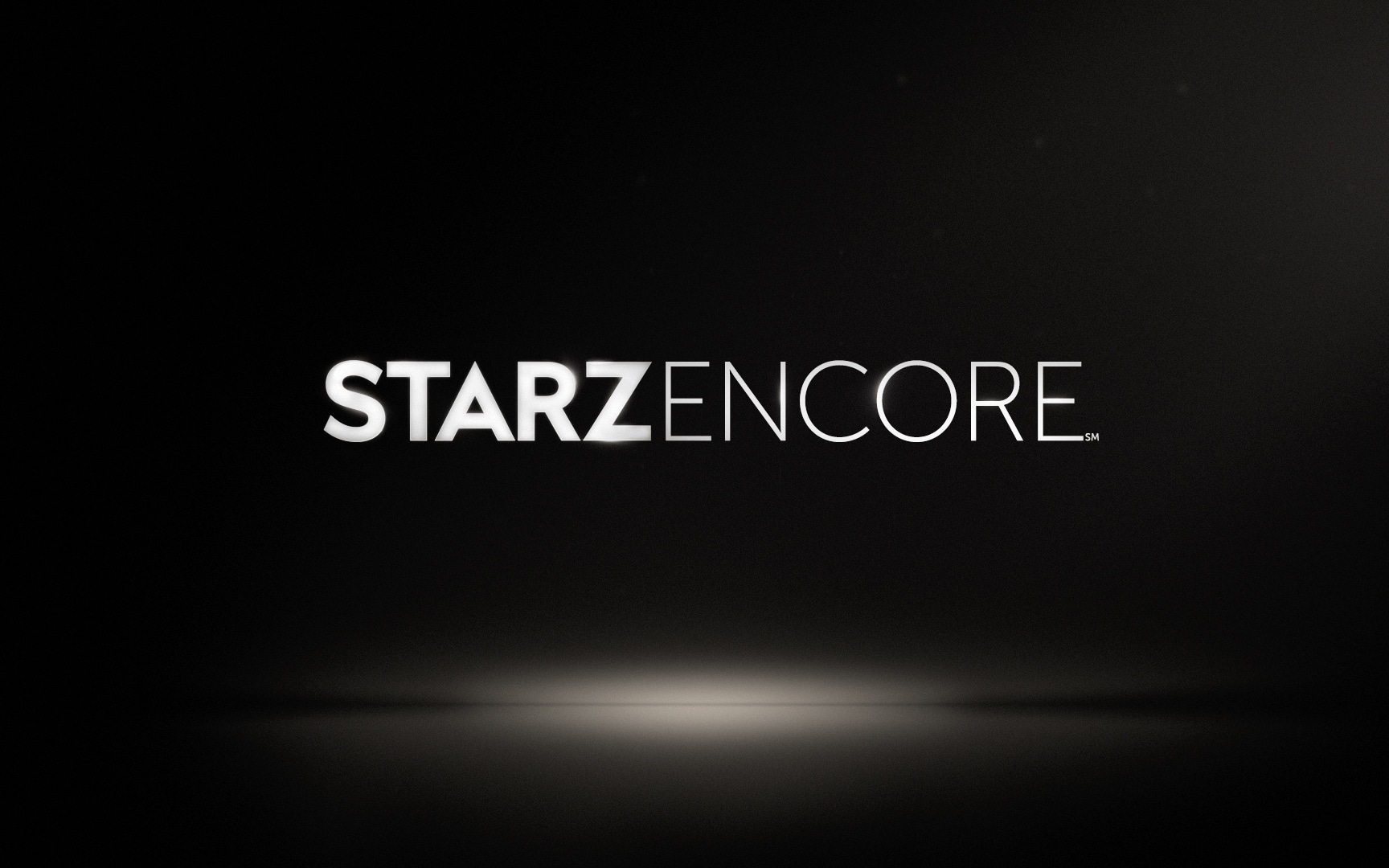Mastering the master brand strategy: When is boss branding the right approach?

Creating a successful brand today isn’t just about finding a product to sell or a problem to solve. The most iconic entities in any industry are the brands that know how to connect on an emotional level with their audience.
In recent years, an increasing number of businesses have begun to embrace a new architecture in their quest for customer affinity. With a master brand strategy, organisations can merge various offerings, products, and solutions into an overarching campaign that highlights the underlying purpose of value of the parent company. In simple terms, it’s all about going beyond the products, to reach your audience on a more holistic level.
The benefits of a master brand strategy can be significant. For instance, the master brand approach means that companies can maximise their ROI for brand-building and advertising campaigns, by using the same colours, taglines, and strategies for each “sub-brand” in their architecture.
Organisations can also use the master brand strategy to remind customers of their mission. For instance, when Kellogg’s ran its first master brand campaign in 2014, it was a nostalgic television commercial that reminded customers that every bowl of their cereal came from a single grain on a farm.
Master branding can be compelling, but is it the right strategy for you?
Here, we’ll go beyond the basics of brand architecture, to tell you everything you need to know about the master brand mandate.

What is a master brand strategy?
Let’s start with the most obvious question: “What is a master brand strategy?”
In simple terms, your master brand is a component of brand architecture – the blueprints you use to develop your business. Internally, your architecture helps you to determine a framework for how your products, existing brands, and new sub-brands should connect. You may decide that some products should use similar strategies and creative elements, or you may prefer to keep all of your offerings separate.
A strong architecture keeps your business on the right track while ensuring that your customers know how to understand your organisation too. After all, a poor architecture leads to deteriorating brand equity caused by confusion, undermined brand initiatives, and more.
A master brand refers to the parent brand in your architecture. It’s the fundamental identity that other sub-brands can break off from. While master brands exist in both house of brands, and branded house architectures, the term “master brand strategy” often refers to campaigns in the “branded house” space. This means that all of your sub-brands stay obviously connected to the parent brand.
Both the master brand strategy and the house of brands philosophy have their strengths and weaknesses. However, recently, there’s been a rise in popularity around the master brand, particularly as customers begin to connect with companies based more on the brand’s vision than its offerings or products.
By identifying a master brand strategy meaning for your company, you can tap into the benefits of a pre-existing reputation whenever you introduce a new product to your customers. You can also build credibility and familiarity consistently, without having to develop different companies individually. Recently, Coca Cola have switched to the master brand strategy to take advantage of the strengths it offers.
Of course, the approach doesn’t work for everyone. For instance, if a single sub-brand in a master brand architecture suffers from problems with their reputation, the entire company may begin to struggle.

The benefits of a master brand strategy
As mentioned above, there are many different approaches that companies can take when building their preferred brand architecture. The key to success often involves a careful combination of brand positioning, competitive analysis, and customer evaluation.
In recent years, however, the master brand strategy has begun to rise in popularity, as customers demand a more cohesive and consolidated approach from companies. Some of the benefits of a master brand strategy for modern companies include:
- Efficiency: With a master brand strategy, it’s possible to promote an entire selection of sub-brands, using a single campaign or strategy. This allows for a more efficient marketing spend and ensures that you can maximise your exposure through a range of channels.
- Customer retention: Master brand strategies give businesses a way to develop stronger, long-lasting customer relationships. You’re not just building individual connections through multiple smaller brands; you’re developing a familiar reputation for both your master brand and any sub-brands by focusing on a selection of crucial brand values.
- Brand equity: On the path to growth, many businesses investigate new products, services, and sub-brands to help unlock additional revenue. However, a continued decline in consumer trust in brands means that companies need to continually struggle to earn attention. With a master brand strategy, sub-brands draw on the existing equity of a master brand and have a stronger chance of success.
- Greater flexibility: Emphasising a master brand instead of multiple dispersed sub-brands means that you can better manage costs within your organisation. If things in your strategy change, you can combine or modify products between sub-brands without overly confusing customers or losing salience in your marketplace. This makes it easier to adapt in an increasingly agile market.
- Stronger competitive strength: Finally, a stable master brand can also help a business to carve a space for itself as an “iconic” competitor in their space. The more you give depth to the parent brand in your organisation, the more you set yourself apart as a force to be reckoned with in your sector.

The risks of a master brand strategy
Every kind of brand architecture has a variety of strengths and weaknesses to consider. The master brand strategy is popular today because it provides a convenient, and sustainable corporate trademark for a wide range of products and services that your company may want to offer. With a master brand, you can link various independent entities together in the same space, giving smaller companies the initial boost that they need to thrive with a new niche, and ensuring that your audience can identify you quickly and easily.
The main thing to remember is that a master brand strategy relies on consistency. For instance, if your parent brand is built around the mission of bringing luxurious eco-friendly clothing to the world, then it doesn’t make sense to add a sub-brand to the same architecture that sells cheap apparel. You need to make sure that all of the child companies underneath your master brand support your inherent values and vision if you want the master brand strategy to work.
For instance, Disney knows that their Touchstone Pictures sub-brand known for darker themes and mature movies wouldn’t work well with their master brand image of magical child-friendly experiences. As such, it’s important for Disney to keep its central image separate from the other initiatives that it invests in with a “house of brands” or “portfolio branding architecture.”
Like any other plan for long-term growth, a master brand strategy can come with risks to consider. For instance, when you link multiple brands together closely in the same space, you also ensure that problems affecting a single business will also impact the rest of the family. If, say, Coca Cola was hit by a huge Diet Coke recall, it’s not just the diet Coke section of the business that would suffer, but the entire brand.
Additionally, a master brand strategy doesn’t give organisations the chance to diversify themselves when it comes to customer segmentation and targeting. Ultimately, all of the user personas that you create will also need to be interested in the master brand. In Disney’s case, this would mean that creating a master brand strategy would force them to create entertainment that appeals exclusively to children.
Master brand strategy examples: Masters in the making
For a while, it seemed that the house of brands “portfolio” approach to business architecture would remain the most common choice for growing companies. After all, when your sub-brands aren’t connected to their parent company, you’re free to explore as many diverse segments of your industry as you like. This freedom means more opportunities to create, and explore new ideas, without necessarily putting your initial brand identity at risk.
However, in an age where consistency matters more than ever, there’s a growing shift in the way business leaders approach their architecture. The radically transparent purchasing environment means that people care more than ever about a company’s integrity, indentations, and identity. This means that businesses are increasingly reliant on a strong reputation for long-term growth. Let’s take a look at how some significant organisations made a move to the master brand strategy.
1. The Hershey’s master brand strategy
For years, Hershey advertised individual products separately, all the way from their chocolate bars to their syrups. Then suddenly, in 2016, the company decided to take a different approach, uniting all of their treats under a single campaign focused on emotional marketing.
The “Hello Happy, Hello Hershey’s” strategy launched the arrival of a new plan for Hershey’s, which focuses on giving customers a more universal experience. The directors of the brand said that their customers had told them that they’re more likely to see Hershey’s as an individual brand than a selection of sub-products. As such, the business wanted to take advantage of the Hershey’s brand’s natural appeal.
Today, the Hershey branding strategy focuses on creating “meaning and relevance” for the brand among their customers through carefully chosen and connected campaigns.

2. The Coca Cola master brand strategy
You might have always seen Diet Coke and Coke Zero as members of the Coca Cola brand, but up until 2016, the brand image of each product was very different. With the “Taste the Feeling” campaign, Coca Cola decided to make sure that all Coke trademarked brands could unite under a cohesive global campaign.
According to the Coca Cola team, the idea behind their master brand strategy was to reinforce the idea that everyone can find a coke experience that was right for them. Although people might want to drink the beverages in different ways (with and without sugar for instance), they all want to share the same great experience.
Using the same colours, straplines and campaigns for all of their Coke-branded products made it easier for Coca Cola to tap into the benefits of a master brand strategy and tell the story of their iconic company.

3. The STARZ/ HBO master brand strategy
STARZ, the master brand responsible for channels like HBO, announced their decision to launch a new master brand strategy in 2016, with a rebrand of their umbrella network from Encore, to Starz Encore. The campaign aims to take advantage of a single master brand that prioritises exceptional entertainment for its customers.
The new, united master brand intends to make it easier for viewers to find and engage with the STARZ brand. Additionally, according to the team behind the branding strategy, the new campaign also ensures that customers can begin to see STARZ as the “ultimate” solution for fan-centric experiences for all audiences, whether you’re interested in classic movies, the latest television shows, or anything else.
STARZ believes that their audience is made up of passionate fans that want to engage more deeply with the channel. As devoted followers of certain shows and genres, STARZ believes that these fans will appreciate the unified experience a master brand strategy can offer.

Strengthening success with a master brand strategy
As with most things in the branding world, there’s no one-size-fits-all strategy for success with a master brand campaign. Master brand strategies come from many different backgrounds. Some companies feel that they need to maintain consistency when getting involved with new mergers and acquisitions. Other organisations believe in the value of their history and heritage, and they want to make sure that they can continue to leverage those things as their business grows.
As with most branding challenges, the key to creating a robust and sustainable master brand strategy is to identify the values at the core of your parent brand and look for ways to distribute them throughout your brand architecture. For the likes of Coca Cola, the master brand is all about delivering emotional experiences. For Virgin Media, it’s about unique and reliable customer service. Here are some quick tips for making the most of your master brand campaign.
1. Keep your underlying message clear
As we mentioned above, one of the main reasons that master brand strategies are so effective today is that they allow people to develop deeper connections with the underlying values and missions of your parent company. This means that if you want your strategy to thrive, you need to make sure that you not only choose a mission that resonates with your audience but one that can remain clear and easy to understand across your entire brand-building environment.
When you’re asking yourself “What is a master brand strategy” make sure that you take the time to figure out what your company stands for. You’ll need to know your brand attributes (the values and benefits you offer your customer), the personality that you want to convey through your brand, and the essence or soul that fuels the emotional connections with your audience.
2. Take advantage of heritage
Heritage is a valuable thing in any master brand strategy. By reminding customers of your history, you also remind them of why they’ve trusted you and your sub-brands in the past. A master brand campaign ensures that you can take advantage of the emotional connections that people have already built with a parent brand when launching new entities.
However, remember that although it’s crucial to connect new brands to your existing company’s story in a master branding architecture, you’re also free to give each brand a relevant story of its own. For instance, your master brand may be a clothing company with a focus on sustainable practices. A sub-brand for that architecture could be a new clothing recycling business that builds on the sustainable beliefs of the master brand but also explores new ideas.
3. Use emotion wherever you can
All successful master brand campaigns rely on their ability to evoke strong emotional responses in customers. Today, it’s never been more important to connect with your customers. With a master brand strategy, you need to find ways to remind your customers of the underlying values that drive your business and any sub-brands you have.
Share stories with your followers on your blogs and websites. Use social media and forums to speak to your customers and find out what they love most about your company. Connect with loyal followers and transform them into brand ambassadors. Whatever you do, don’t underestimate the value of emotion.
4. Stay consistent
Finally, above all else, make sure that you remain consistent when it comes to the value of service and products that you offer throughout each sub-brand. Don’t simply extend your business every time you think you might be able to make some extra cash. Make sure that every sub-brand you create provides additional value for the customers of the master brand. Ultimately, a master branding strategy is about building a foundation for the future of your company that can nurture any new organisations or products you decide to launch. Inconsistency will just lead to confusion for your customers, and your team.
It’s the consistency in the way that you treat and support your customers that will help you to retain them in the years to come. What’s more, when you approach each step in the growth of your brand architecture with care and a focus on consistency, you’re less likely to make mistakes that may end up harming your reputation.

Time to find your master brand strategy meaning?
Increasingly, the benefits of a master brand strategy are growing clear.
By building new companies and ideas on the foundation of an existing brand, you can take advantage of connections with already loyal customers and help every endeavor to thrive. Eventually, a master brand campaign may make it easier to create resounding emotional relationships with your audience, as they begin to feel positive associations with anything that features your brand logo, personality, or unique stamp of approval.
Of course, as valuable as a master brand strategy can be, it’s important to know exactly what you want to accomplish with your parent brand from day one. An inconsistent or poorly conveyed master brand weakens the foundations of your entire enterprise. If your customers don’t know what your main brand stands for, then they might not be able to connect with any sub-organisations that you create either. Engaging with a brand strategy consultant can alleviate the challenges associated with establishing meaningful connections with your target audience.
The key to success with a master brand strategy starts with understanding. You need to know what you want to accomplish with your business in the long term, where you want to go, and how you want your brand architecture to evolve. If you can lay out your plans for the future with a branding expert, you’ll have a much easier time deciding whether a master brand campaign is right for you.
Fabrik: A branding agency for our times.

We’ve built our reputation, building brands for other people.
Do you need to bring a new brand to life or breathe new life into an existing one? If so, let’s start a conversation
If you enjoyed this article, you might enjoy these too:
— Global branding: Building brands without borders
— What the gig economy means for your business











